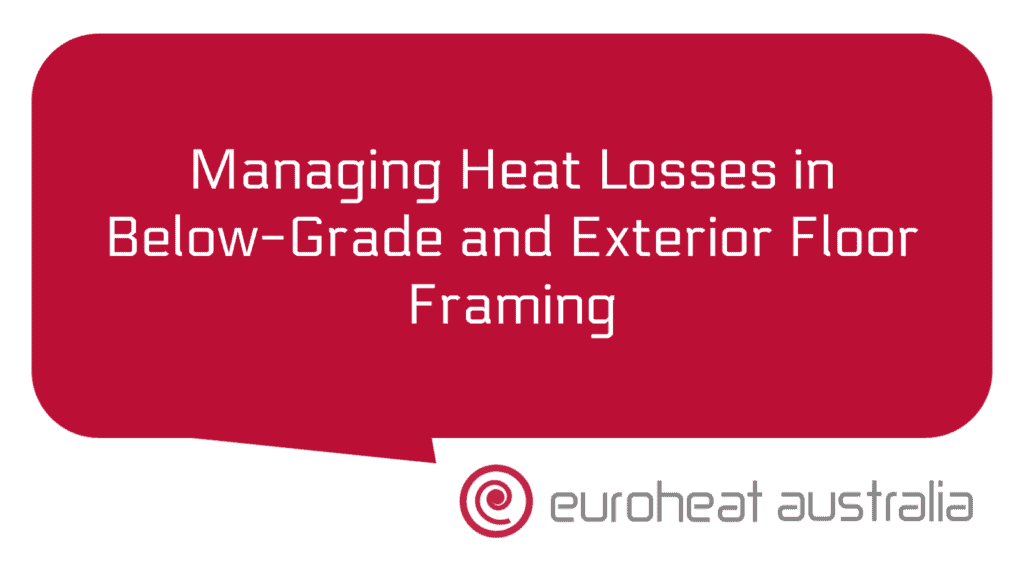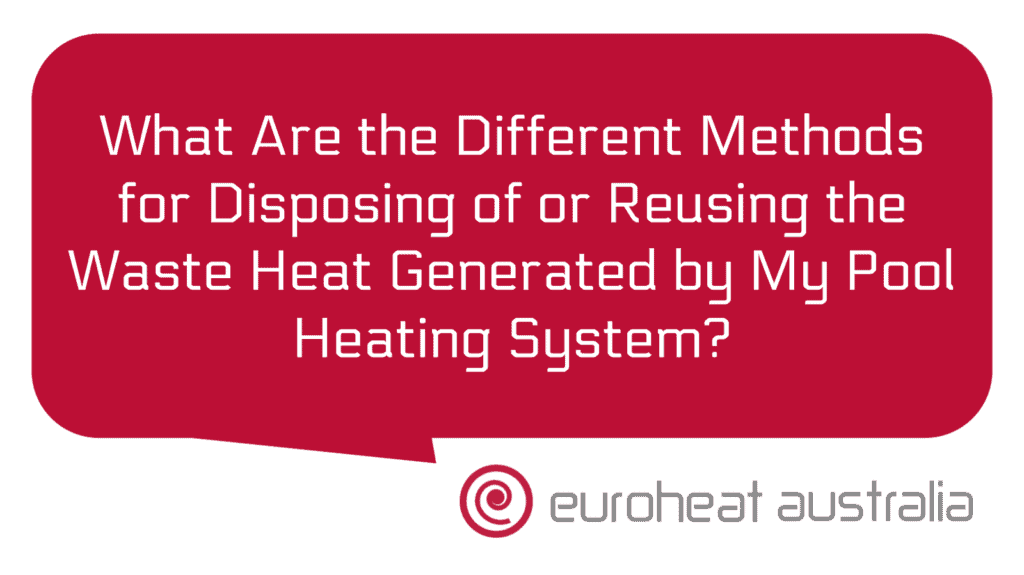Choosing the right ventilation system for your home can be a daunting task, especially when you don’t know what to look for. There are many factors to consider and it’s important to get it right, as the wrong size system can result in poor air quality and energy inefficiency. Fortunately, with some simple calculations and advice from industry professionals like Euroheat Australia – the Perth engineers & installers that design & construct hydronic heating & cooling systems with 30 years of experience – you can make sure you choose the best option for your home.
When it comes to ventilation systems, there are two main types: exhaust and supply. Exhaust fans are used to remove stale air from bathrooms, kitchens or other areas of your house where odours or moisture accumulate. Supply fans bring fresh air into your home, which is crucial for maintaining good indoor air quality.
The size of ventilation system you need will depend on the type of fan (exhaust or supply), the size of the room being ventilated and how much airflow is required in order to keep the room at a comfortable temperature. You will also need to take into account any existing ductwork already installed as this may limit what type of fan you can use or how much airflow is possible.
To calculate the size ventilation system needed for an exhaust fan, you will need to measure the height, width and length of your room in metres and then multiply those three numbers together. This will give you an indication of how much air needs to be exhausted from the room per hour (m3/h). You should then multiply this figure by 0.5-1 depending on how powerful an exhaust fan you want (0.5 is usually sufficient). This will give you an estimated m3/h rating that the fan should have in order to provide adequate ventilation in your space.
For supply fans, it’s important to make sure there is enough air coming into your home from outside so that stale air can be exhausted from inside. To do this, calculate how much outside air needs to be brought into your space by multiplying your room’s volume (height x width x length) by 0.2 – 0.4 depending on how powerful a fan you want (0.2 is usually sufficient). This will give you an estimated m3/h rating that should be provided by your supply fan in order for it to effectively bring fresh air into your space without causing uncomfortable drafts or excessive noise levels from running too hard or too often.
Once you have calculated the size ventilation system needed for both exhaust and supply fans, it’s time to look at other factors such as noise levels, energy efficiency and cost effectiveness before making a final decision on which model is best suited for your needs – which is where Euroheat Australia come in handy! With their extensive experience in designing and constructing hydronic heating & cooling systems they are well placed to help homeowners make sure they choose a ventilation system that meets their specific requirements while providing maximum energy savings and cost reduction over time thanks to their heat & chill recovery systems which capture waste heat generated by appliances such as dryers, stoves & radiators and reuses it throughout their homes – saving them valuable money on their energy bills!





